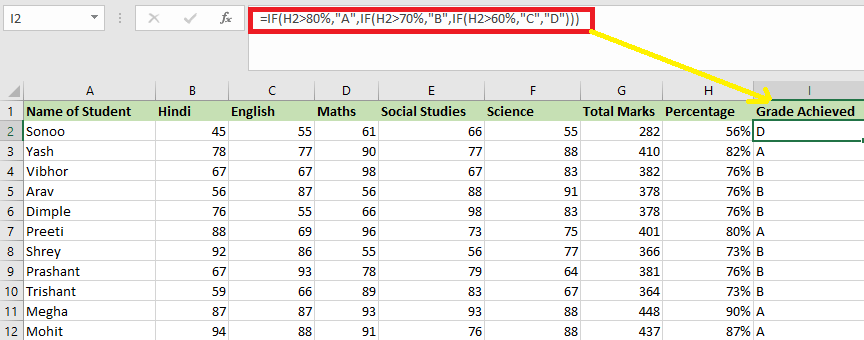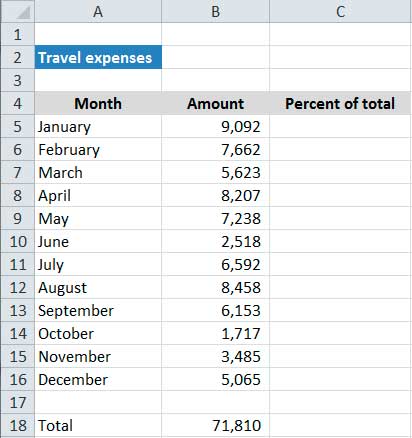

Boolean values that you type directly in the Excel AVERAGE formula are counted. If you want to include Boolean values and text representations of numbers in the calculation, use the AVERAGEA function. Cells containing text strings, Boolean values of TRUE and FALSE, and empty cells are ignored. Cells with zero values (0) are included in the average. However, it does have a few specificities that you need to be aware of. But what if you want to average times that include hours, minutes and seconds? Calculating different time units manually, would be a real pain… but the AVERAGE formula in Excel copes perfectly.Įxcel AVERAGE function - things to remember!Īs you've just seen, using the AVERAGE function in Excel is easy. Calculating average time in ExcelĪs you may remember, at the beginning of this tutorial, we found out the average time of three 100m sprinters with a pretty simple calculation. If you'd rather exclude zeros, use AVERAGEIF instead, as demonstrated in the following example. Please pay attention that the Excel AVERAGE function includes zero values when calculating an average. For example, the following average formula calculates the average of 2 ranges and 1 individual cell: To return an average of non-adjacent cells, you supply each cell individually, e.g.Īnd naturally, nothing prevents you from including values, cells references and ranges in the same formula, as your business logic requires. To compute an average of numbers in a given range, specify that range in your Average formula: To get a row average, enter the row reference: To calculate a column average, supply a reference to the entire column: For example, =AVERAGE(1,2,3,4) returns 2.5 as the result. To find out an average of certain numbers, you can supply them directly in your Excel average formula. Using the AVERAGE function in Excel - formula examplesĪVERAGE is one of the most straightforward and easy-to-use Excel functions, and the following examples prove this. 
The parameters can be supplied as numbers, cell references, or ranges. The first argument is required, subsequent ones are optional, and up to 255 arguments can be included in a single formula. Number1, number2, … are numeric values for which you want to find the average. You use the AVERAGE function in Excel to return the average (arithmetic mean) of the specified cells.
Average cells by multiple criteria with OR logic. Excel AVERAGEIFS - average cells that match several criteria. Excel AVERAGEIF - average cells based on a given criterion. Excel AVERAGEA - find an average of cells with any data (numbers, Boolean and text values). Excel AVERAGE - calculate the mean of cells with numbers. Further on in this tutorial, we will discuss the syntax of each function and illustrate it with examples of uses. To calculate average in Excel, you won't need to write such mathematical expressions, powerful Excel Average functions will do the work behind the scene. In the above example, if the first athlete covered the distance in 10.5 seconds, the second needed 10.7 seconds, and the third took 11.2 seconds, the average time would be 10.8 seconds: In mathematics, average is called the arithmetic mean, or simply the mean, and it is calculated by adding a group of numbers together and then dividing by the count of those numbers. 
how much time most sprinters are expected to take to complete the race. For example, if a few athletes have run a 100m sprint, you may want to know the average result - i.e. In plain English, calculating the average for a set of values if finding out the most common value in the set.
#Excel 2007 tutorial percentage how to
You will also learn how to use the AVERAGEIF and AVERAGEIFS functions to average cells that meet certain criteria. The tutorial shows how to calculate mean in Excel for different data types by using AVERAGE or AVERAGEA formulas.







 0 kommentar(er)
0 kommentar(er)
